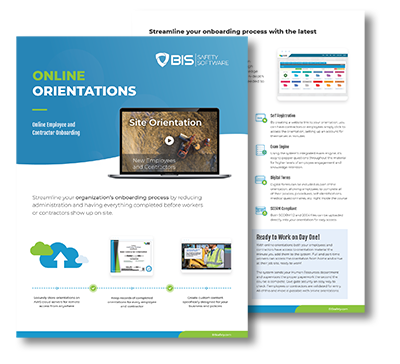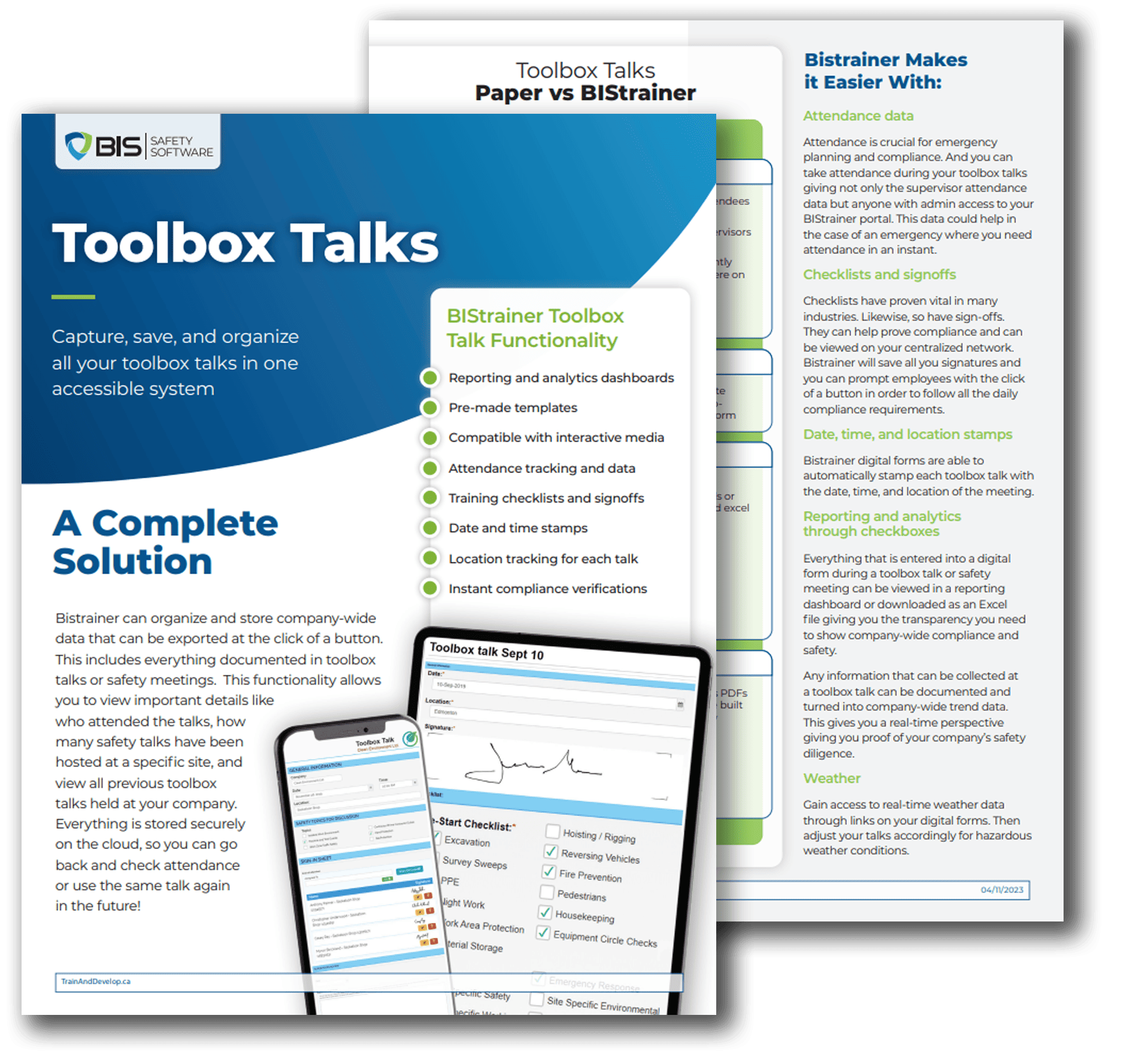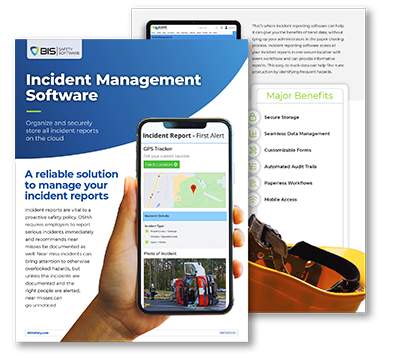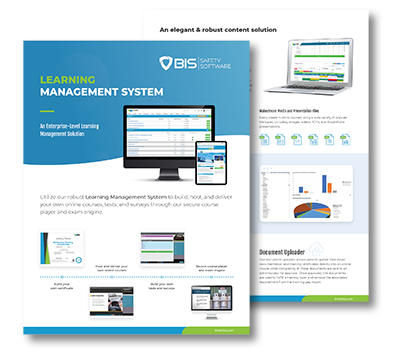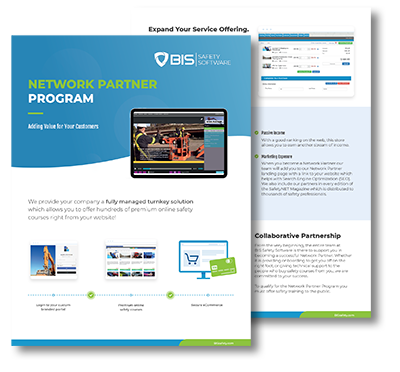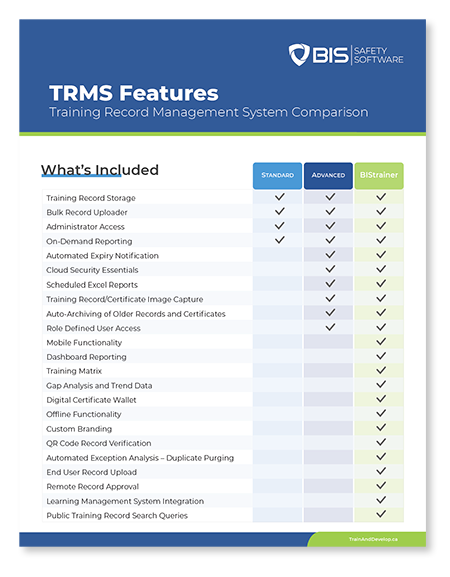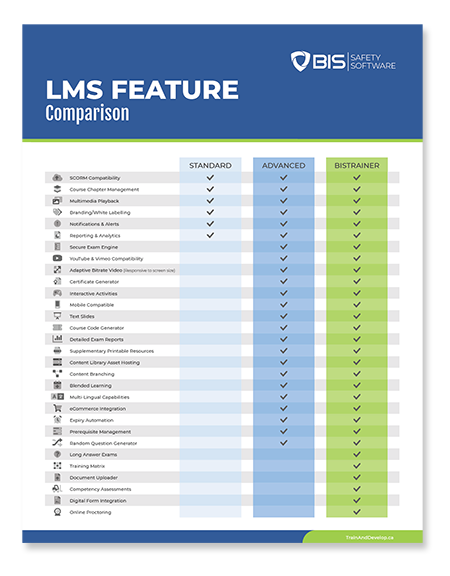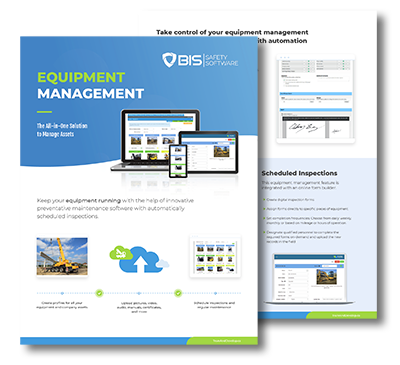Giving and Receiving Feedback Training - Global
Giving and Receiving Feedback Training - Online Course
Feedback can be a sensitive topic in work environments. There is psychological evidence that the human brain interprets criticism as a threat to survival, and poorly managed feedback can create conflicts in workplaces. Giving effective feedback is an important skill, especially for management positions, but knowing how to receive feedback is equally important.
When employees know how to give and receive feedback, their discussions lead to solutions instead of personal conflicts. This online course will teach you the best practices when giving or receiving feedback. While these are important skills for managers, supervisors, and safety personnel, anyone in the organization can benefit from them.
Importance of Effective Feedback
Learning how to give constructive feedback can be a challenge, but doing so brings many benefits. When giving feedback becomes part of the organizational culture, the associated fear and anxiety are diminished. This can help create a learning organization, where ongoing change is considered normal and collaborators are open to feedback.
Ideally, feedback should not only happen downward, from managers to employees. Even better results are possible when employees get feedback from their coworkers, and also when leaders get feedback from their team.
The following are some key benefits of effective feedback in an organization:
- Improving productivity
- Promoting growth, by challenging collaborators to perform at their best
- Providing a sense of purpose and engagement
- Creating solid working relationships
- Making collaborators aware of their strengths and areas of opportunity, which enables better decisions.
Learning How to Give and Receive Feedback
As previously mentioned, knowing how to take and how to give feedback are equally important skills. However, the best approach is different in each case.
The following are some best practices when receiving feedback:
- Listening to what the other party has to say, without interrupting or assuming. Concentrate on listening and understanding, instead of being defensive.
- Being self-aware when responding, since your body language and tone of voice may send a different message than your words.
- Being open and receptive to new ideas, since there may be more than one way to solve a problem.
- Make sure you understand before responding and ask all the necessary questions.
- Be explicit with the type of feedback you need in advance.
- Don’t take criticism personally, be receptive, and take time to process the information.
- Decide what to do with the feedback, and follow up. Weight the consequences of using or ignoring feedback, and consider second opinions if you disagree.
On the other hand, the following are some useful recommendations when you are giving feedback:
- Focus on the behavior and not the person. Describe the behavior, its consequences on you and others, and what you want.
- Avoid using accusatory language, and don’t assume that the receiver has bad intentions.
- Balance positive and negative language. A useful recommendation is the “sandwich” method, where constructive criticism is provided between two positive comments.
- Prioritize the issues, and consider that too much feedback at once can be overwhelming, even if well-intentioned.
- Be specific and provide examples whenever possible. Avoid general criticism, which has little value for the receiver.
- Provide realistic feedback, and focus on what can be changed or improved. Avoid absolute terms like “always” or “never”, and avoid criticism for factors that the listener cannot control.
- When an issue affects you personally, own the feedback. Use the word “I” instead of “they” or “we”.
- Find the right time to provide feedback, and prepare your words carefully when you will give constructive criticism.
Ideally, giving and receiving feedback should become part of the organization’s culture, combined with continuous support. When feedback is a one-time event, it is much less effective.

Course Topics
This online course on giving and receiving feedback covers the following topics:
- Identify unproductive ways to react to feedback, and learn to avoid them.
- How to give and receive feedback in a positive way and with productive results.
- Understanding what makes feedback effective.
Duration
Average Completion Time
Completion times vary depending on the number of times the information is viewed prior to finishing the course. The average completion time is 30 minutes.

Testing
Knowledge Assessment
Testing is conducted in this online course to reinforce the information presented. You are provided three opportunities to achieve a passing mark of 80% or greater.

Certificate
Certificate of Completion
Upon successful completion of this course, a certificate will be available to download and print. You can access your certificate through your online account.
























